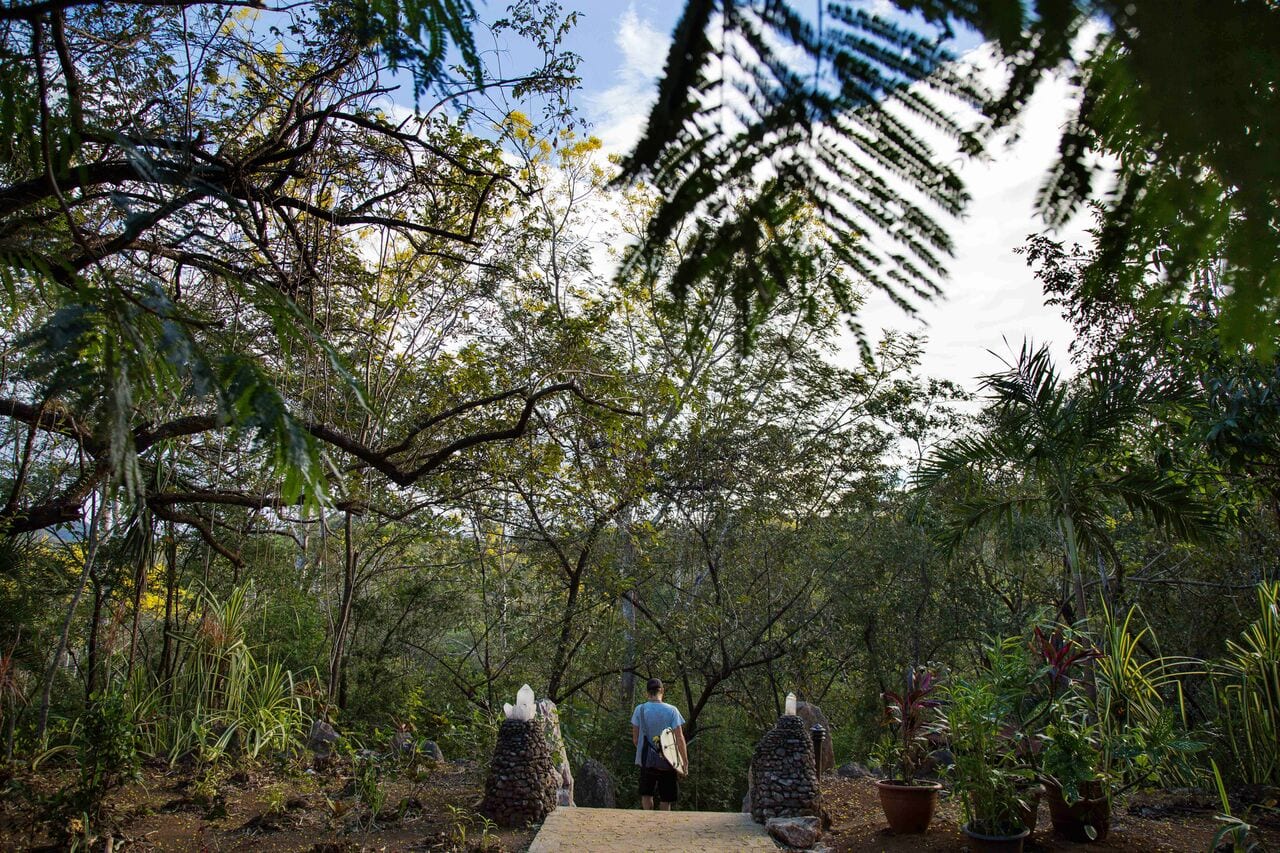
Whether it’s a classic yoga class, a silent retreat or experimenting with plant-based food and fruits, healthy vacations seem to have come to stay as a way of travel.
The sector is known across the world as wellness tourism, as are its leaders and travelers.
According to data from the non-profit Global Wellness Institute (GWI), a pioneer in this kind of tourism, this sector has one of the highest growth rates in the tourism industry.
The NGO forecasts that this activity will grow 7.5 percent annually through 2022, while tourism in general will grow 6.4 percent.
Laura Barrantes, president of the Costa Rica Wellness Tourism Chamber, has studied trends in the sector for six years and says that there are more and more businesses in the world that are seeking to capitalize on the need for travelers to have healthy experiences, although, she says, there are no precise data on how many hotels target this type of tourist.
“Travelers that chose these kinds of trips are, in the majority of cases, looking for services that can compliment they healthy lifestyle they already have,” Barrantes says. “There is a lot of room to grow in the country.”
According to the president of the association, Guanacaste is the province in the country with the greatest installed capacity. The number of expatriates contribute to this reality “since they already have a clear concept and develop wellness business models,” she said.
Data from the National Tourism Institute confirm that there are more and more travelers arriving in the province who are looking for wellbeing. The most recent survey of international travelers arriving at Daniel Oduber airport in Liberia found that 88 percent were vacationers and that wellness was one of the activities that they took part of during their trip (45 percent of them).







Feed the Body and Soul
Barrantes and the Global Wellness Institute (GWI) agree that wellness tourism needs key aspects to be considered wellness. Hot springs, spas and a special food are considered some of the most important.
Several businesses in the province that focus on attending to this public agree that the the key is offering personalized packages to each visitor adjusted to their needs and likings. In a typical retreat, the majority of these centers will offer a direct connection with nature.
The district of Nosara in Nicoya stands out as one of the areas in the country that has understood the concept of wellness tourism, according to the NGO. This jungle and beach location is recognized for being “a yoga paradise,” one of the activities that these kinds of travelers most seek out.
This is partly due to the work of the pioneers at the Nosara Yoga Institute, which opened its doors in the district in 1994 when few people were talking about yoga in the country.
Places like Blue Spirit or Bodhi Tree in Nosara are examples of sites that attract these kinds of disconnected travelers.
In the case of the Bodhi Tree, its main operation is different from a conventional hotel, as they mainly coordinate the rent of their rooms, spaces and services to international professors who organize their own retreats.
90% of those who visit us come to a retreat with one of these teachers. The other 10% are regular customers, “said Melanie Martinez, who is in charge of hotel retreats.
The majority of visitors who arrive at the place are from countries such as the United States and Canada, and perform activities that range from basic yoga retreats to combined with activities typical of the area such as surfing.
Other places in the province like Hojancha and Playa Negra in Santa Cruz also offer wellness tourism.
For example, Tanglewood wellness center, in Hojancha, offers experimentation with raw food veganism and understanding a plant-based and fruit diet.
“Our philosophy is living food in its natural, pure state,” says the center’s Virginia Toledo. “Visitors from Brazil, the United States and Chile all come. It’s a very diverse group.”
Going For More
Like Barrantes, the ICT agrees on Costa Rica’s potential for attracting these types of visitors that, according to the Global Wellness Institute, spend around $1,528 per trup, 53% more than the typical international tourist.
In 2017 the institute launched a strategy called “Wellness Pura Vida” that seeks to position Costa Rica in international fairs as a wellness destination and train local leaders to include the concept in their travel packages.







Comments